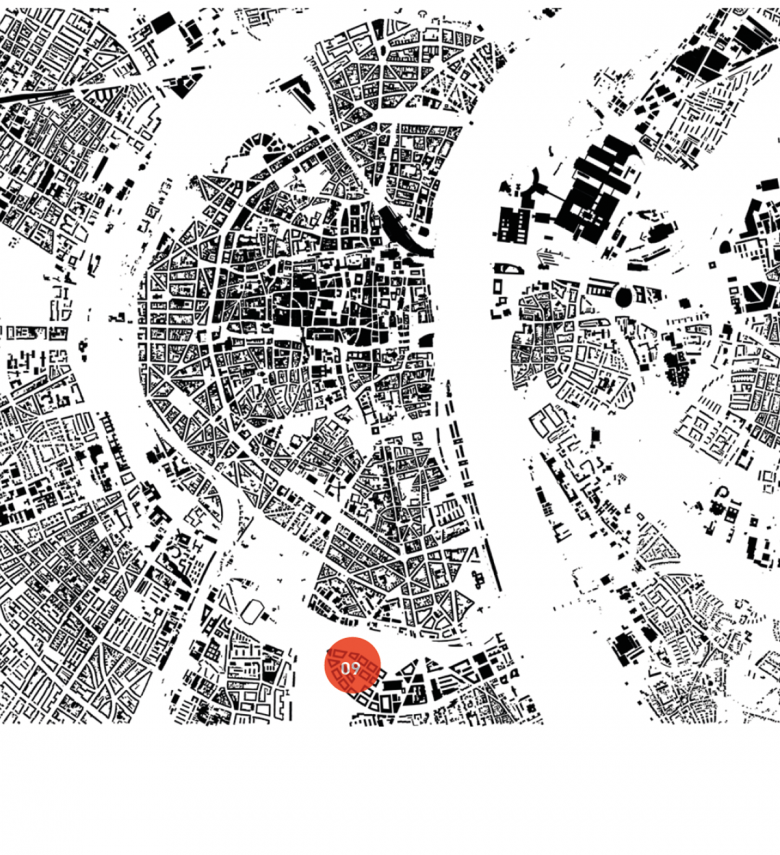Parkstadt Süd
Of particular importance is the colour palette of this new urban district. Analogous to cities such as Paris, London or Venice, which all have individual, unmistakable colour hues, O&O Baukunst has developed a special colour scheme for Parkstadt Süd that refers to the colour palette of antique oil lamps. Oil lamps were produced in large quantities during Roman times and are still found during excavations in Cologne. The colour palette of Cologne reflects the warm hues of these oil lamps.
Location: Cologne-Südstadt
Client: City of Cologne
Competition: Invited competition, 2015, 1st prize
Cooperation: RMPSLA, BSV, BCE
Start of construction: Pilot project 2021
Project status: 09/2021: Pilot project under construction
Function: Urban city quarter
A new urban district is being built on the southern edge of Cologne’s city centre. Over the next 15 years, the 115-hectare site around the old wholesale market is to become “Parkstadt Süd”, a district with 3,500 flats offering employment for 4,500 people. It is one of the largest urban development projects in Europe.
Together with the landscape architects RMP Stephan Lenzen, O&O Baukunst won the cooperative workshop procedure for the urban planning. The design envisages a balanced mix of living, working, social infrastructure and green recreational space. A block structure with lanes, boulevards and well-proportioned squares is planned for the entire quarter. The heart of the new district will be the market quarter around the listed Grossmarkthalle.
In “Parkstadt Süd”, the aim is to counteract the increasing conformity of cities and to design living spaces that once again create a sense of identity. The new development area should become a “built home” for its residents and offer a high quality of life. To achieve this, O&O Baukunst has developed a set of design rules with uniform building regulations and an overarching colour master plan. The colour concept, the “Colours of Cologne” consists of an authentic colour palette reflecting the city’s history. It creates local solidarity and fulfils the yearning for recognisability and a sense of identity of one’s living environment.

